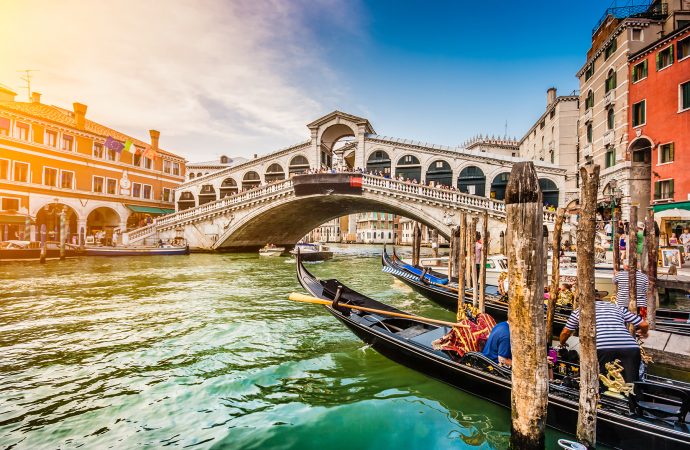Before embarking on your journey to Venice, it’s essential to familiarize yourself with the city’s geographical features, climate, and the best times to visit. Venice is located in the Veneto region of northeastern Italy, situated across a group of 118 small islands that are separated by canals and linked by bridges. The city is divided
Before embarking on your journey to Venice, it’s essential to familiarize yourself with the city’s geographical features, climate, and the best times to visit. Venice is located in the Veneto region of northeastern Italy, situated across a group of 118 small islands that are separated by canals and linked by bridges. The city is divided into six districts, or zestier, each with its own distinct character and attractions.
Climate
Venice enjoys a Mediterranean climate, characterized by hot summers and mild winters. The best time to visit is during the spring and fall months when the weather is mild, and the crowds are fewer. Summer tends to be the busiest and most crowded time of year, while winter offers a more tranquil experience, albeit with cooler temperatures.

Image by yandex.com
Best Times to Visit
To avoid the peak tourist season and make the most of your visit to Venice, consider traveling during the shoulder seasons of spring (April to June) or fall (September to October). During these times, you’ll experience pleasant weather, fewer crowds, and better availability for accommodations and tours.
Cultural Insights
Venice is not just a city of canals and gondolas; it’s also a vibrant cultural hub with a rich heritage of art, music, and culinary traditions. In this section, we’ll delve into the cultural insights that make Venice a truly unique destination.
Local Customs and Traditions
Venice has a distinct cultural identity shaped by its history as a maritime republic and trading powerhouse. While modernity has brought changes to the city, Venetians still hold dear many traditions, such as the annual Carnevale celebration, gondola races, and the art of glassmaking on the island of Murano.
Venetian Cuisine
Venice is a paradise for food lovers, with its cuisine influenced by its maritime location and rich history. Visitors can sample local specialties such as seafood risotto, cicchetti (Venetian tapas), and tiramisu while exploring the city’s charming eateries.
Travel Tips
When choosing accommodation in Venice, consider staying in a centrally located hotel or guesthouse to make it easy to explore the city on foot. Alternatively, opt for accommodation with canal views for a truly memorable experience Venice is a pedestrian-friendly city, with most attractions within walking distance of each other. However, vaporetti (water buses) and water taxis are also available for longer journeys or for exploring the surrounding islands.
Safety and Health Precautions
As a popular tourist destination, Venice can attract pickpockets, especially in crowded areas such as St. Mark’s Square and the Rialto Bridge. Stay vigilant and keep your belongings secure at all times’ While Venice’s tap water is safe to drink, many locals prefer the taste of bottled water. Consider carrying a reusable water bottle to refill at public fountains, which offer fresh and cold drinking water throughout the city.

Image by yandex.com
Budget Planning
Many of Venice’s most famous landmarks, such as St. Mark’s Square and the Rialto Bridge, can be enjoyed for free. Take advantage of these opportunities to explore the city’s beauty without breaking the bank.
Dining Tips
To save money on dining, seek out local trattorias and osterias, which offer authentic Venetian cuisine at more affordable prices than touristy restaurants. Additionally, consider ordering a “spritz,” Venice’s signature cocktail, which is both refreshing and budget-friendly.
Conclusion:
Venice is a city like no other, where every corner reveals a new wonder waiting to be discovered. From its historic landmarks to its vibrant culture and culinary delights, Venice promises an unforgettable experience for travelers of all interests.
















